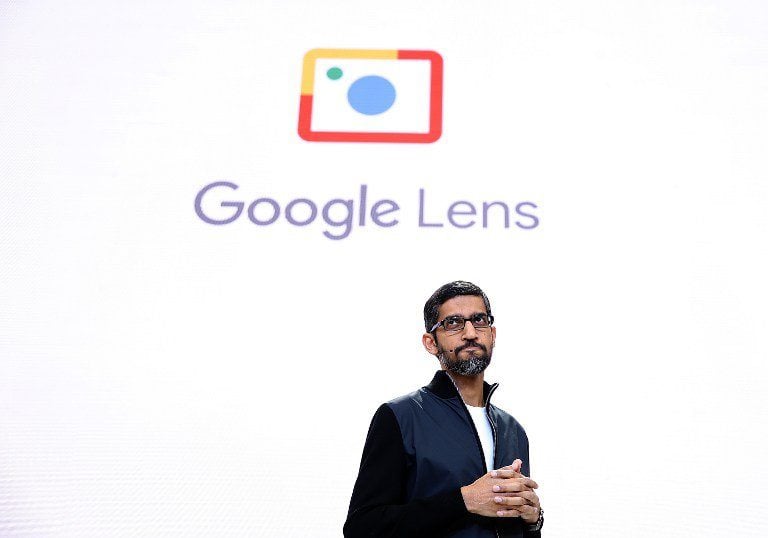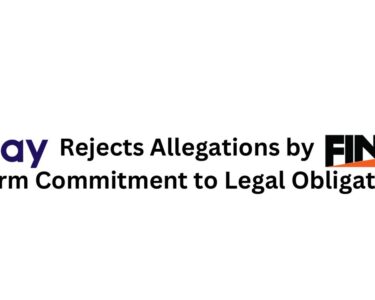To know where the Google is headed, look through Google Lens, the feature first being added to Google Photos and the personalized Artificial Intelligence software Assistant. Lens uses machine learning to examine photos viewed through your phone’s camera, or on saved photos on your phone. It can also use the images to complete tasks.
The artificially intelligent, augmented reality feature generated the most interest at Google’s developer conference that wrapped up Friday.
CEO of Google, Sundar Pichai underscored the lens as a key reflection of Google’s direction, highlighted it in Google I / O keynote exampling Google at an inflection point of vision.
To introduce lens, CEO said,
“All of Google was built because we started understanding text and web pages. So the fact that computers can understand images and videos have profound implications for our core mission.”
Some functions provided by the lens are here…
(A) Tells you what species a flower is just by viewing the flower through your phone’s camera;
(B) Reads a complicated Wi-Fi password through your phone’s camera and automatically log you into the network;
(C) Offers you reviews and other information about the restaurant or retail store across the street, by you just flashing your camera over the physical place.
It is the kind of feature that could make the apps that contain it more uniquely useful.

Google’s use of AI is brought into the physical world by the lens. The lens acts as a search box, showing Google’s adoption to the move amongst younger users toward visual media.
The consistency of focus for Google is affirmed by the lens.
Compare it to voice search, while considering how this new visual search option may play. It will not provide you false answers, inaccurate information as voice search does.
Into one of the company’s most-used apps, Photos, the lens has been incorporated. This incorporation could help Google become more important to mobile users by making its mobile apps more essential.

In his founder’s letter, the lens is one year ago, Pichai said that part of this shift to being AI first company meant computing would become less device-centric. No Dolenz is an example of less device-centric.
Behind the lense, technology is nothing new, and this nothingness shows us that where Google is going. Needless to say that Google is done coming up with new technologies. But the company is still putting into useful products, as a lot of capabilities, there are.
Watch Sundar Pichai’s entire keynote from this year’s Google I/O keynote.




